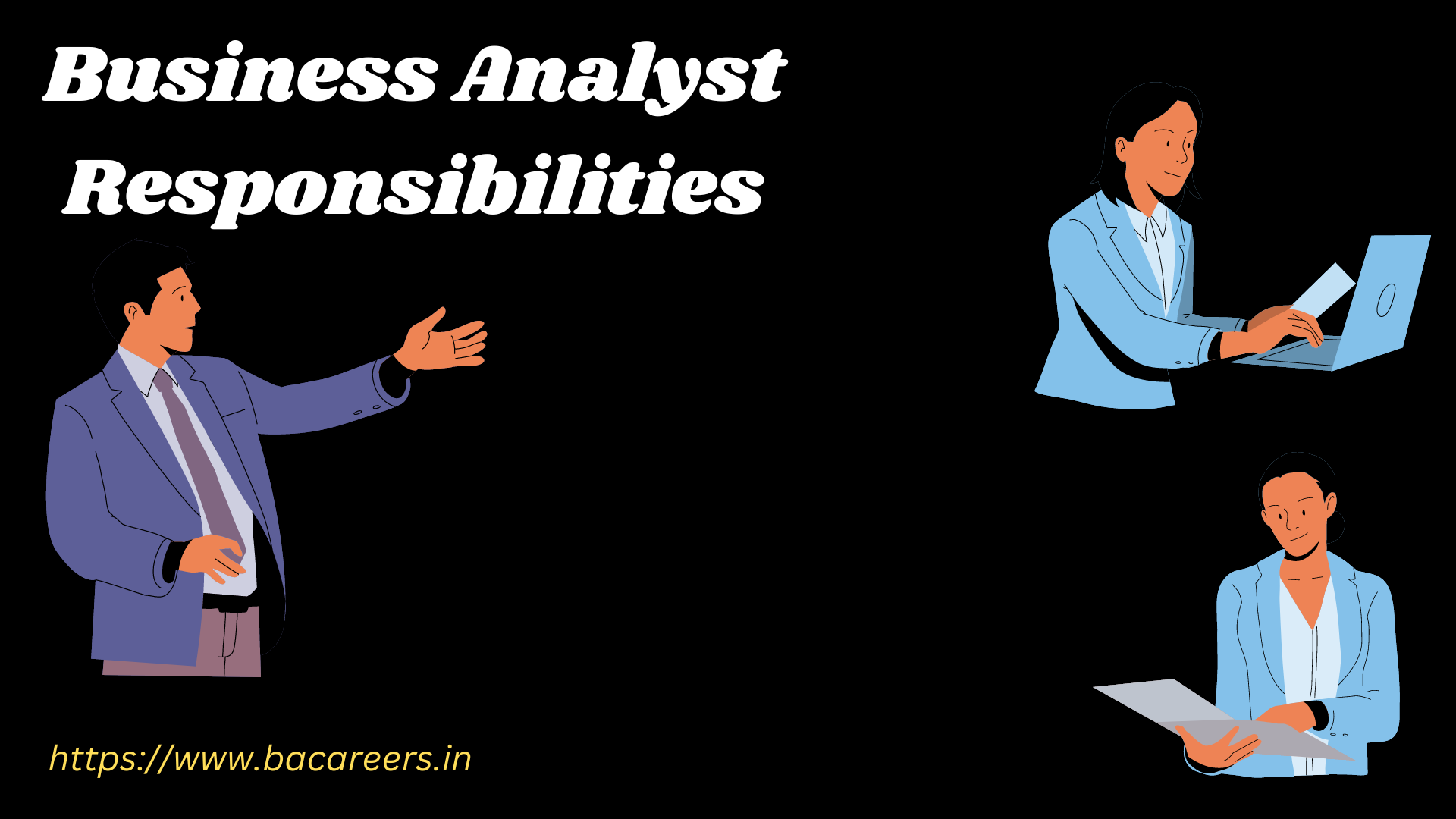How to Conduct Effective UAT to Ensure Customer Satisfaction
User Acceptance Testing (UAT) is a crucial step in the software development lifecycle that ensures the final product meets the customer’s requirements. It’s a process of verifying the functionality, usability, and performance of a software application. However, conducting User Acceptance Testing can be a daunting task, especially when it comes to ensuring customer satisfaction. As a highly skilled assistant specializing in digital marketing, I have seen firsthand the importance of effective User Acceptance Testing in delivering a successful product. In this article, I will share some tips on how to conduct effective User Acceptance Testing to ensure customer satisfaction. From defining the scope of User Acceptance Testing to involving the right stakeholders, I will guide you through the process of conducting User Acceptance Testing that is both efficient and effective. So, whether you’re a product owner or a QA tester, read on to learn how to conduct UAT that meets your customers’ needs and expectations.
Topics Covered :
What is User Acceptance Testing (UAT)?
The importance of UAT in software development
UAT process and steps
How to prepare for UAT
Creating effective UAT test cases
UAT execution and tracking
UAT best practices
Common UAT challenges and how to overcome them
Tools for UAT
Conclusion
What is User Acceptance Testing (UAT)?
Before diving into the process of User Acceptance Testing, it’s essential to understand what it is. User Acceptance Testing is the process of testing a software application by its intended users to determine if it meets the specified requirements. In other words, User Acceptance Testing is a customer-centric testing process that ensures the application works as expected and satisfies the user’s needs. User Acceptance Testing is typically the last testing phase in the software development lifecycle before the application goes live.
User Acceptance Testing is a critical step in the software development lifecycle because it ensures the final product meets the customer’s expectations. It helps to identify any defects or issues that may affect the usability, functionality, or performance of the application. User Acceptance Testing is also an opportunity to get feedback from the customers and make any necessary changes before releasing the product to the market.
User Acceptance Testing is a collaborative effort between the development team, quality assurance team, and the customer. It’s essential to involve the customer in the User Acceptance Testing process to ensure the product meets their needs and expectations.
The importance of UAT in software development
As mentioned earlier, User Acceptance Testing is a crucial step in the software development lifecycle. It ensures the final product meets the customer’s requirements, and it is essential for the following reasons:
### 1. Ensures customer satisfaction
The primary goal of User Acceptance Testing is to ensure customer satisfaction. It helps to identify any defects or issues that may affect the usability, functionality, or performance of the application. By involving the customer in the User Acceptance Testing process, you can ensure that the product meets their needs and expectations.
### 2. Reduces the risk of defects
User Acceptance Testing helps to identify any defects or issues before the application goes live. Identifying and fixing defects early in the development process can save time and money in the long run. User Acceptance Testing helps to reduce the risk of defects in the final product.
### 3. Improves the quality of the product
User Acceptance Testing helps to improve the quality of the product by identifying any issues or defects that may affect the usability, functionality, or performance of the application. By fixing these issues, you can improve the overall quality of the product.
### 4. Increases customer confidence
By involving the customer in the User Acceptance Testing process, you can increase their confidence in the product. It shows that you value their input and are committed to delivering a product that meets their needs and expectations.
UAT process and steps
The User Acceptance Testing process can vary depending on the organization and the project’s scope. However, the following are the general steps involved in the UAT process:
### 1. Define the scope of UAT
The first step in the User Acceptance Testing process is to define the scope of User Acceptance Testing. It’s essential to identify which features of the application will be tested, what the acceptance criteria are, and who will be involved in the testing. Clearly defining the scope of User Acceptance Testing will ensure that everyone involved in the process understands what to expect.
### 2. Prepare for UAT
Preparing for User Acceptance Testing involves setting up the testing environment, identifying the testing tools required, and preparing the test cases. It’s essential to ensure that the testing environment is similar to the production environment to get accurate results.
### 3. Create UAT test cases
Creating effective User Acceptance Testing test cases is essential for the success of User Acceptance Testing. The test cases should be based on the acceptance criteria and cover all the features of the application. It’s important to involve the customer in creating the test cases to ensure that they reflect their needs and expectations.
### 4. UAT execution and tracking
During the User Acceptance Testing execution phase, the testers will run the test cases and identify any defects or issues. It’s essential to track the defects and issues and prioritize them based on their severity. The development team should fix the defects, and the testers should retest the application to ensure that the issues have been resolved.
### 5. UAT sign-off
The UAT sign-off phase involves the customer signing off on the product’s final version. It’s essential to ensure that the customer is satisfied with the product before signing off on it. Once the sign-off is obtained, the application is ready to go live.
How to prepare for UAT
Preparing for UAT is a crucial step in ensuring the success of User Acceptance Testing. The following are some tips on how to prepare for User Acceptance Testing:
### 1. Set up the testing environment
It’s essential to set up the testing environment to ensure that it’s similar to the production environment. This will ensure that the testing results are accurate and reliable.
### 2. Identify the testing tools required
Identifying the testing tools required is essential for the success of User Acceptance Testing. There are many testing tools available in the market, and it’s essential to choose the right tools based on the project’s requirements.
### 3. Prepare the test data
Preparing the test data is essential for the success of User Acceptance Testing. The test data should be based on the acceptance criteria and reflect the customer’s needs and expectations.
Creating effective UAT test cases
Creating effective UAT test cases is essential for the success of User Acceptance Testing. The following are some tips on how to create effective UAT test cases:
### 1. Involve the customer
It’s essential to involve the customer in creating the test cases to ensure that they reflect their needs and expectations.
### 2. Base the test cases on acceptance criteria
The test cases should be based on the acceptance criteria and cover all the features of the application.
### 3. Ensure test cases are clear and concise
The test cases should be clear and concise to ensure that the testers understand what to test and how to test it.
UAT execution and tracking
User Acceptance Testing execution and tracking are crucial for the success of UAT. The following are some tips on how to execute UAT and track the results:
### 1. Identify defects and issues
During the User Acceptance Testing execution phase, the testers should identify any defects or issues. It’s essential to prioritize the defects based on their severity.
### 2. Fix defects
The development team should fix the defects identified during the UAT execution phase.
### 3. Retest the application
The testers should retest the application after the defects have been fixed to ensure that the issues have been resolved.
UAT best practices
The following are some User Acceptance Testing best practices that can help ensure the success of UAT:
### 1. Involve the customer in the UAT process
Involving the customer in the User Acceptance Testing process is essential for ensuring customer satisfaction.
### 2. Define the scope of UAT
Defining the scope of User Acceptance Testing is essential for ensuring that everyone involved in the process understands what to expect.
### 3. Prepare for UAT
Preparing for User Acceptance Testing involves setting up the testing environment, identifying the testing tools required, and preparing the test cases.
### 4. Create effective UAT test cases
Creating effective UAT test cases is essential for the success of UAT.
### 5. Execute UAT and track the results
Executing User Acceptance Testing and tracking the results are crucial for the success of User Acceptance Testing.
Common User Acceptance Testing challenges and how to overcome them
The following are some common UAT challenges and how to overcome them:
### 1. Lack of customer involvement
Lack of customer involvement can lead to a product that does not meet the customer’s needs and expectations. It’s essential to involve the customer in the User Acceptance Testing process to ensure customer satisfaction.
### 2. Poorly defined scope
Poorly defined scope can lead to confusion and misunderstandings. It’s essential to define the scope of UAT to ensure that everyone involved in the process understands what to expect.
### 3. Limited testing time
Limited testing time can lead to incomplete testing and missed defects. It’s essential to allocate enough time for User Acceptance Testing to ensure that all the features of the application are tested thoroughly.
Tools for UAT
There are many UAT tools available in the market. The following are some of the popular UAT tools:
### 1. Selenium
Selenium is an open-source UAT tool that automates web browsers.
### 2. TestRail
TestRail is a web-based UAT management tool that helps manage test cases, track results, and generate reports.
### 3. JIRA
JIRA is a project management tool that includes UAT management capabilities.
Conclusion
In conclusion, UAT is a critical step in the software development lifecycle that ensures the final product meets the customer’s requirements. By following the tips outlined in this article, you can conduct effective User Acceptance Testing that ensures customer satisfaction. From defining the scope of User Acceptance Testing to involving the right stakeholders, preparing for User Acceptance Testing, creating effective User Acceptance Testing test cases, executing User Acceptance Testing and tracking the results, and overcoming common User Acceptance Testing challenges, these best practices will ensure the success of User Acceptance Testing. Remember to involve the customer in the User Acceptance Testing process, and use the right tools to get the best results.
What is uat environment in software development?
What is uat testing in software development?
What is UAT (User Acceptance Test)?

Business Analyst , Functional Consultant, Provide Training on Business Analysis and SDLC Methodologies.










